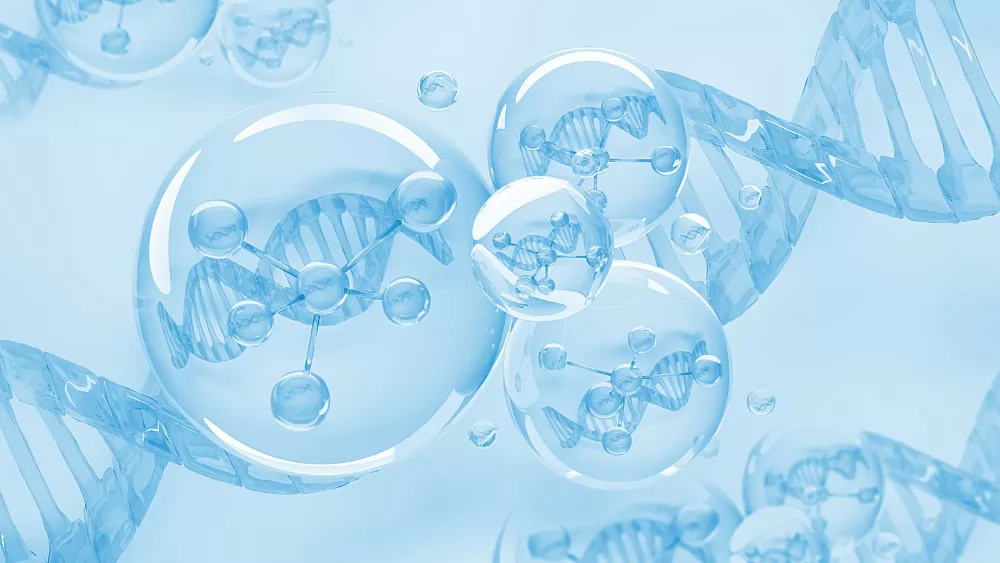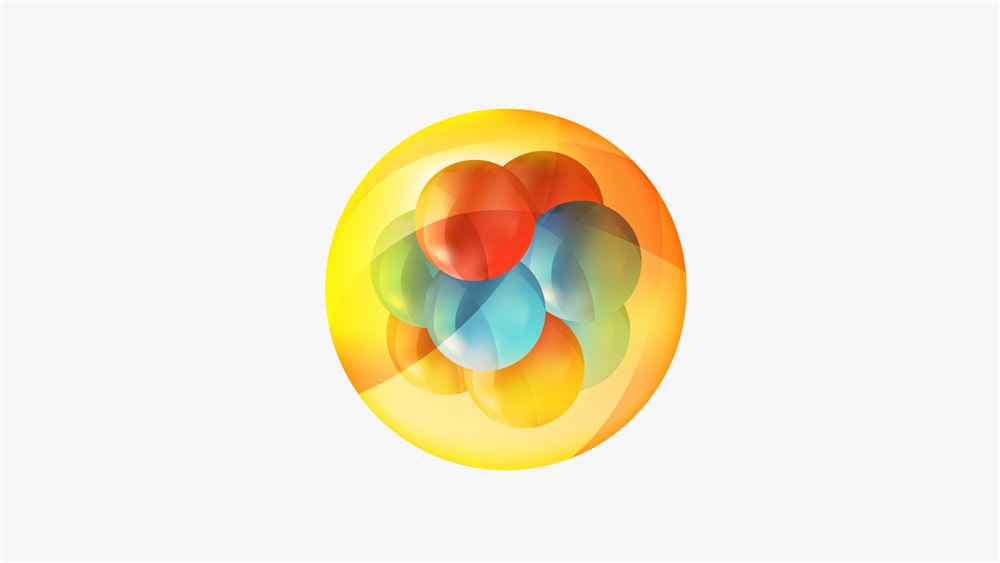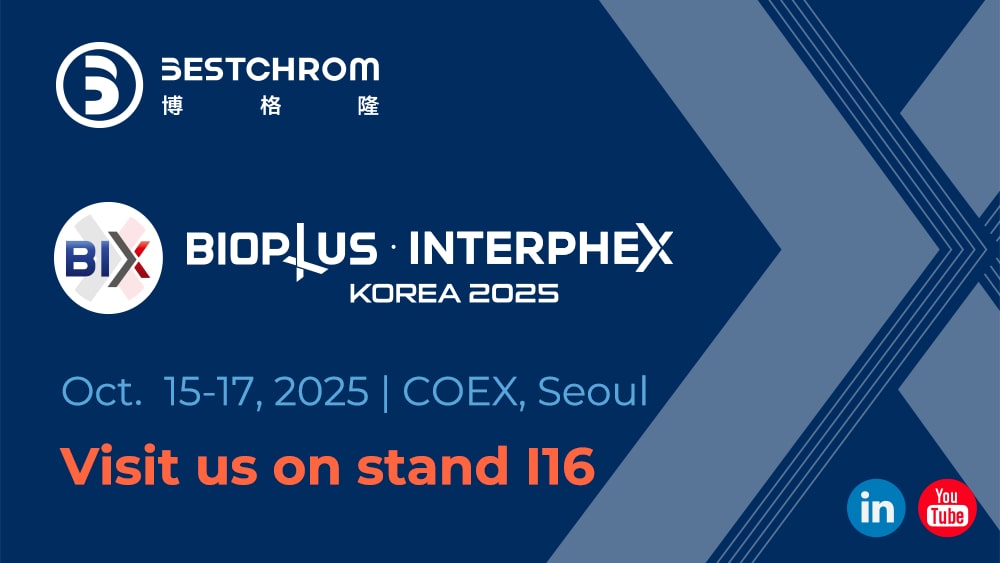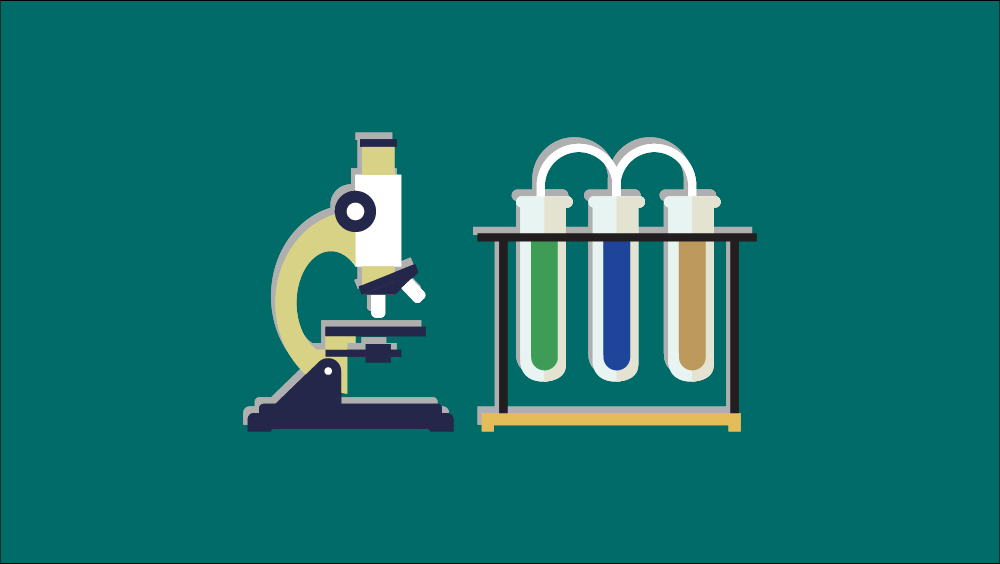The removal of host cell DNA from biologics

Host cell DNA (HCD) refers to the DNA fragments derived from host tissue cells of biologics. This type of impurities will post potential risks including immunogenicity, carcinogenicity, infection and metabolic interference. Therefore, HCD residue serves as a key link in the safety and quality control of biologics.
From this article, you will learn:
-
Limit criteria and detection method
-
Removal strategy of HCD
-
Chromatography technology
-
Conclusion
① Limit criteria and detection method
According to FDA guidance, content of HCD in biologics shall not be higher than 100pg/dose and the limit can be expanded to 10ng/dose for large dosage of biologics. By contrast, European Pharmacopoeia sets the limit (HCD) to 10ng/dose for most of biologics and even poses stricter limit to some individual vaccines. Meanwhile, Chinese Pharmacopoeia set the tolerance level (HCD) to 100pg/dose for cell matrix-produced biologics while reducing the limit to 10ng/dose for biologics derived from bacteria or fungus matrix. Apart from residue, size of DNA fragments also costitues concerned risk factors, which generally requires DNA fragments of host cell to be smaller than 200bp to eliminate carcinogenicity risk.
As recommended by relevant regulatory authorities in major countries around the world, HCD detection method consists of DNA probe hybridization, fluorescence staining and quantitative PCR. Among which, quantitative PCR has become the mainstream detection method due to its merits including high sequence specificity, high sensitivity, good reproducibility and quantitative detection.
② Removal strategy of HCD
Nuclease
Many powerful nucleases are currently available for the removal of efficient removal of diversified NDA and RNA. However, subsequent chromatographic purification is still required for the removal of introduced protein impurities.
Compound precipitation method
Nucleic acid molecules carry large amount of negative charges. Substance carrying positive charges will precipitate after neutralization reaction with nucleic acid molecules. This method helps the removal of HCD. Protamine, streptomycin and PEI are commonly used nucleic acid precipitating agents. However, multiple times of experiments are essential for the optimized condition exploration of this method.
③ Chromatography technology
Affinity chromatography
Heparin affinity ligand, a type of highly sulfated polysaccharides, derives from heparin polysaccharides from small intestine of pigs. The plentiful sulfonic acid groups and carboxyl groups provide large amount of negative charges for ligands, which enables its chain structure similar to nucleic acids and binding with DNA-binding proteins. Salinity is the condition requires optimization during the purification process.
Ion exchange chromatography
Nucleic acids carry large amount of negative charges, which enables tight binding with anion exchange chromatography resin (high salinity elution is required). Meanwhile, charges on target proteins are incomparable to nucleic acids, which means purification can be achieved by the either separation of target protein and nucleic acid impurities via gradient elution, or flow-through mode of target proteins. Besides, the removal of nuclease is generally achieved by ion exchange chromatography for its advantages including high binding capacity, good compatibility with existing process technology, simplified purification process and boosted productivity.
Size exclusion chromatography(SEC)
Nucleic acid has higher Mol.wt than target protein, which enables the separation based on molecular weight disparity of the two when sample is delivered through SEC resins. Specifically, HCD will be blocked from resin beads and travel through external water. Similarly, in-depth filtration can also remove HCD based on same principle.
④ Conclusion
For biologics production, it is essential to control the level of HCD residue in finished products to meet quality control standards in diversified regulatory requirements. It is possible to bring the HCD content to its lowest level by a combination of multiple purification approaches.









.png)


